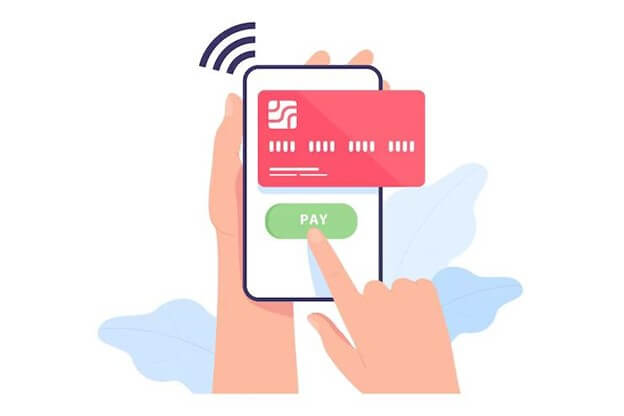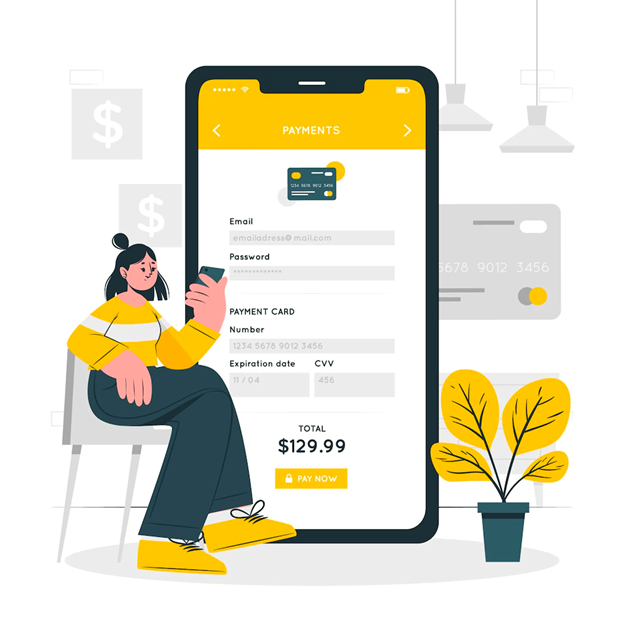Using a SaaS Platform? Ten Things to Consider
Businesses increasingly rely on online payments to facilitate transactions in the digital age. However, with the multitude of payment processing solutions available, choosing the right one for your business can be challenging. The right SaaS payment processing solution can provide security, convenience, and a seamless customer checkout experience. In this article, we will discuss ten questions to ask when comparing payment processing solutions for your business.
Importance of Choosing the Right Payment Processing Solution
Choosing the right payment processing solution is critical for any business that wants to facilitate online payments. A good payment processing solution will offer robust security measures, easy integration with existing systems, customization options, and reliable customer support. In contrast, a poor payment processing solution can lead to security breaches, processing errors, and poor customer experiences.
Also Read: Common Payment Processing Challenges Small Businesses Face
10 Questions to Ask When Comparing Solutions
1. Is the Solution PCI-Compliant?
PCI compliance is a set of security standards established by the Payment Card Industry to ensure that all businesses that process, store, or transmit credit card information follow industry-standard security protocols. Choosing a PCI-compliant payment processing solution is critical to protect your customers’ sensitive information from theft, fraud, or unauthorized access.
Also Read: Your Helpful PCI-DSS Audit Checklist
2. What Security Measures are in Place?
Apart from PCI compliance, it is important to ask about the specific security measures in place to protect your data. A robust payment processing solution should offer encryption, tokenization, and fraud detection tools to keep your customers’ data safe.
3. How does the Solution Integrate with Existing Systems?
When choosing a payment processing solution, it is important to ensure that it integrates smoothly with your existing systems, such as your e-commerce platform, accounting software, or customer relationship management system. A good payment processing solution should offer easy integration through APIs, plugins, or other tools.
Also Read: How to Integrate Payment System Into the Existing App
4. Is There a Developer API Available?
If you have a developer on your team, checking if the payment processing solution offers a developer API is essential. An API will allow your developer to customize the solution to your specific needs, such as adding new features, integrating with third-party systems, or building custom workflows.
5. What Level of Customization is Available?
Every business has unique requirements in terms of payment processing. The ideal payment processing solution should offer a high level of customization, such as the ability to customize the checkout page, add your branding, or offer customized payment options.
6. What Level of Support is Available for Customization?
If you decide to customize the payment processing solution, it is important to check what level of support is available. Is there a dedicated support team to help you with the customization? Can you access support 24/7? Make sure that you have the necessary resources and support to achieve your customization goals.
7. What Level of Customer Support is Provided?
In case of any issues or questions, ensure you have access to reliable customer support. A good payment processing solution should offer multiple support channels like phone, email, and chat. It is also essential to check the response time and the quality of support provided to ensure that you can resolve any issues quickly and effectively.
8. Can the Solution Process International Payments?
Choosing a payment processing solution that can handle international payments is important if you sell products or services internationally. Check what currencies the solution supports and fees associated with international transactions. A reliable SaaS payment processing solution should offer a range of currencies and competitive exchange rates to reduce the cost of international transactions.
9. Are There Any Additional Fees for International Transactions?
Apart from the transaction fees, it is important to check if there are any additional fees for international transactions. For instance, some solutions may charge a currency conversion or a cross-border fee, which can add up quickly and impact your expenses.
10. How Scalable is the Solution?
Finally, you want to ensure the solution is scalable and can grow with your business. Check if the solution can handle a high volume of transactions without slowing down or crashing. Additionally, check if there are any limitations on the number of transactions, payment methods, or currencies supported. A good payment processing solution should be flexible and scalable to accommodate the changing needs of your business.
Conclusion
Choosing the right SaaS payment processing solution is critical for any business that wants to offer customers a seamless online payment experience. By asking these ten questions, you can evaluate the security, customization, integration, and scalability of different payment processing solutions and choose the one that best fits your needs. Remember to prioritize security, reliability, ease of use, and customer support when making your decision.
A robust payment gateway streamlines your business transactions and offers a seamless checkout experience to your customers. PayTabs is a secure and reliable SaaS payment processing solution that offers PCI compliance, robust security measures, easy integration with existing systems, a developer API, and a high level of customization. Additionally, PayTabs offers 24/7 customer support, international payment processing, competitive exchange rates, and scalable solutions for businesses of all sizes.







 Conrad is a professional blogger, content maker, and freelance writer. He has written many great and valuable posts on a variety of topics. Conrad loves outdoor activities. He believes the fresh air brings him inspiration for new ideas.
Conrad is a professional blogger, content maker, and freelance writer. He has written many great and valuable posts on a variety of topics. Conrad loves outdoor activities. He believes the fresh air brings him inspiration for new ideas.
